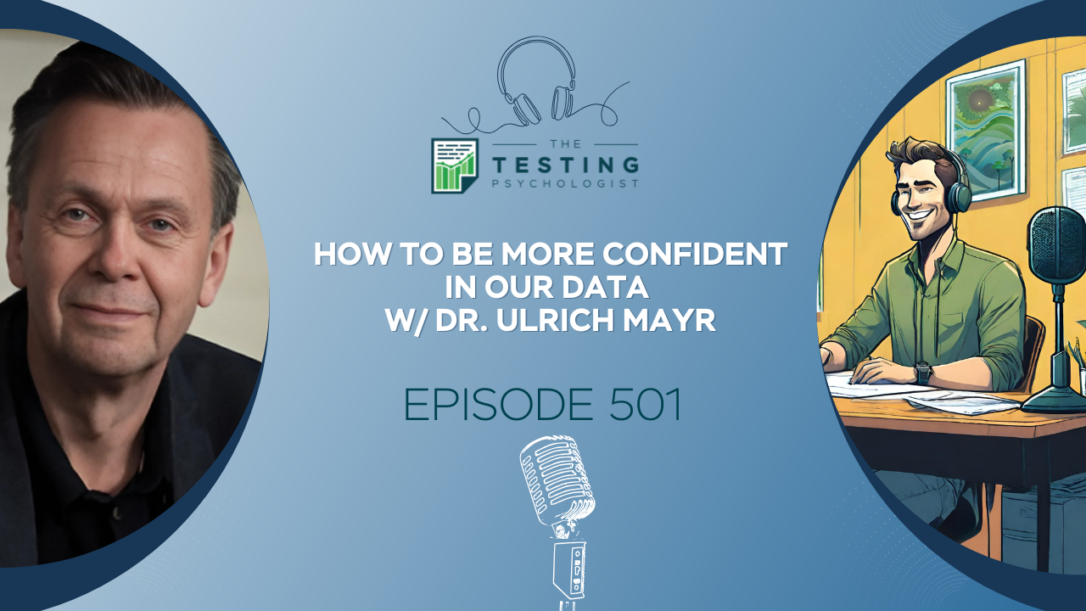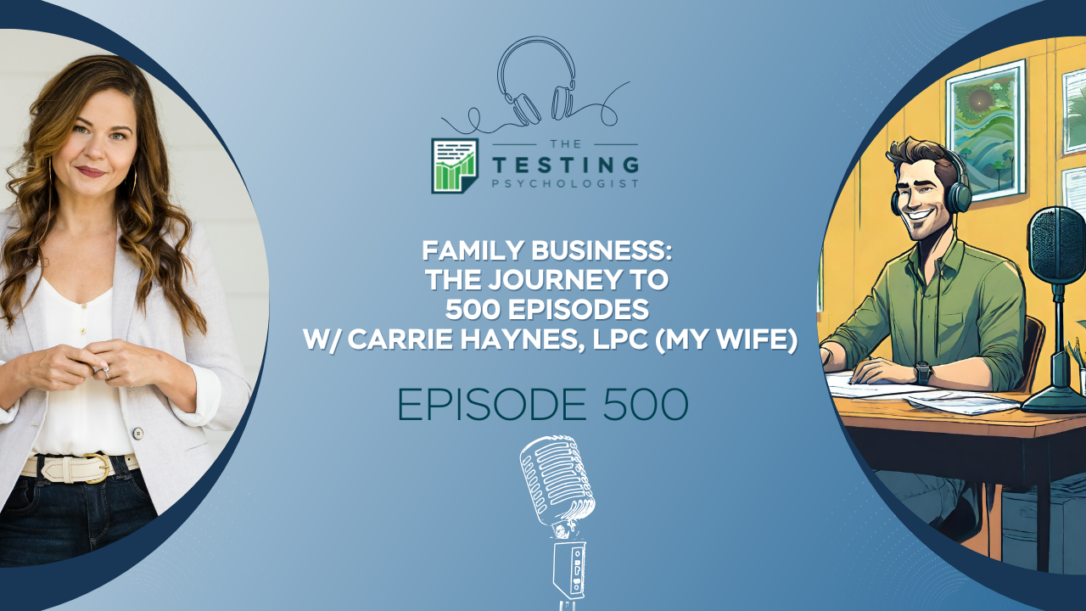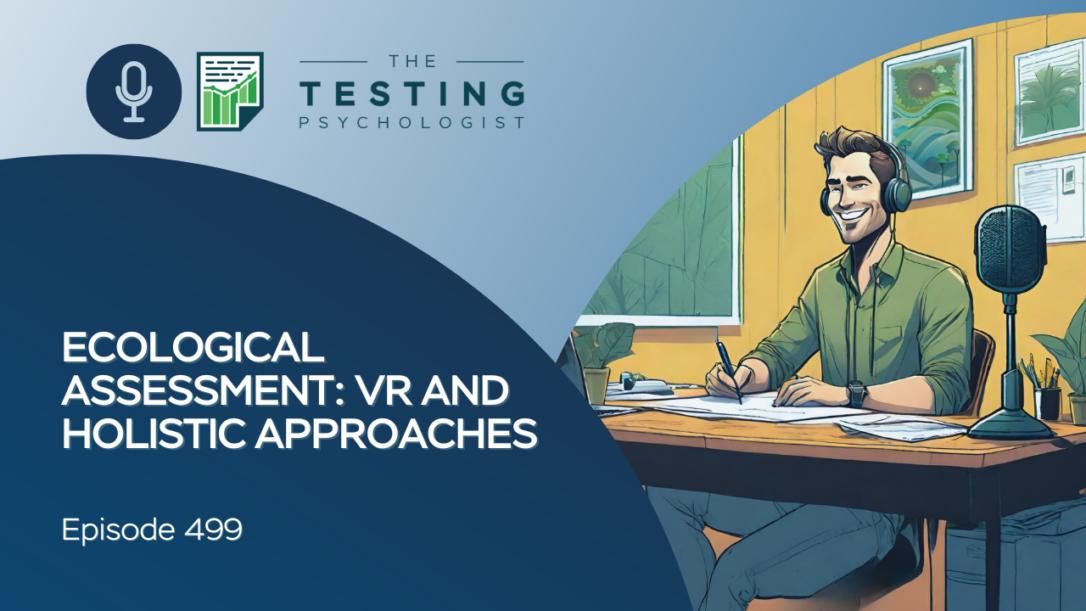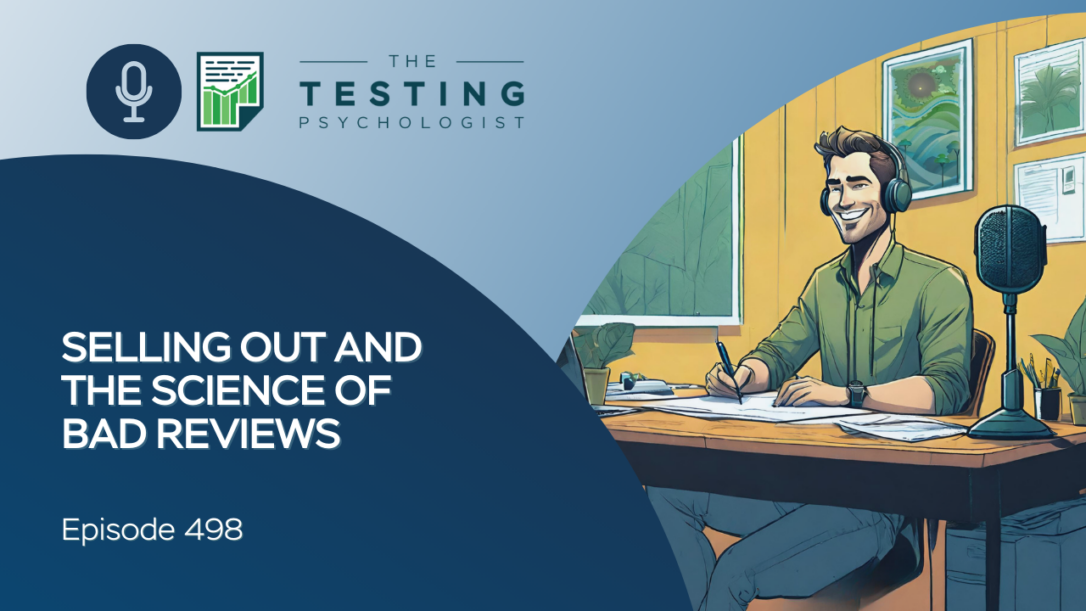[00:00:00] Dr. Sharp: Hello, everyone. Welcome to The Testing Psychologist podcast. I’m your host, Dr. Jeremy Sharp, licensed psychologist, group practice owner, and private practice coach. Many of y’all know that I have been using TherapyNotes as our practice EHR for over 10 years now. I’ve looked at others, and I just keep coming back to TherapyNotes because they do …
502. Three Systems You Need in Your Practice for 2025
n this episode, we’re diving into one of the most crucial topics for private practice owners: Automation.
501 Transcript
[00:00:00] Dr. Sharp: Hello, everyone. Welcome to The Testing Psychologist podcast. I’m your host, Dr. Jeremy Sharp, licensed psychologist, group practice owner, and private practice coach. Many of y’all know that I have been using TherapyNotes as our practice EHR for over 10 years now. I’ve looked at others, and I just keep coming back to TherapyNotes because they do …
501. How to Be More Confident in Our Data w/ Dr. Ulrich Mayr
In this episode, I talk with Dr. Ulrich Mayr, a cognitive neuroscientist, about the fundamental limitations of current cognitive and neuropsychological testing.
500. Family Business: The Journey to 500 Episodes w/ Carrie Haynes, LPC (my wife)
Making it to 500 episodes is no joke, and I couldn’t have done it without the support of my amazing partner, Carrie.
500 Transcript
[00:00:00] Dr. Sharp: Hello, everyone. Welcome to The Testing Psychologist podcast. I’m your host, Dr. Jeremy Sharp, licensed psychologist, group practice owner, and private practice coach. Many of y’all know that I have been using TherapyNotes as our practice EHR for over 10 years now. I’ve looked at others, and I just keep coming back to TherapyNotes because they do …
499 Transcript
[00:00:00] Dr. Sharp: Hello, everyone. Welcome to The Testing Psychologist podcast. I’m your host, Dr. Jeremy Sharp, licensed psychologist, group practice owner, and private practice coach. Many of y’all know that I have been using TherapyNotes as our practice EHR for over 10 years now. I’ve looked at others and I just keep coming back to TherapyNotes because they do …
499. Ecological Assessment: VR and Holistic Approaches
Today we’re diving into one of the most exciting and rapidly evolving areas of psychological assessment—Virtual Reality (VR) and Holistic Assessment.
498. Selling Out and the Science of Bad Reviews
Today’s episode is inspired by something that many of us in the podcasting or even business world experience at some point: negative reviews.
498 Transcript
[00:00:00] Dr. Sharp: Hello, everyone. Welcome to The Testing Psychologist podcast. I’m your host, Dr. Jeremy Sharp, licensed psychologist, group practice owner, and private practice coach. Many of y’all know that I have been using TherapyNotes as our practice EHR for over 10 years now. I’ve looked at others and I just keep coming back to TherapyNotes because they do …





